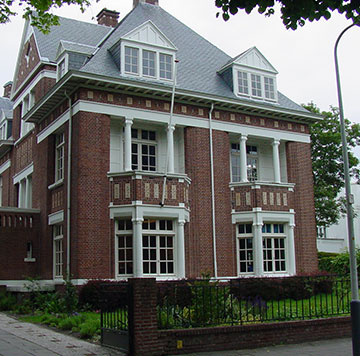RFTU-02 - Rapid fire session from selected oral abstracts
A Novel Method For Rapid Bacterial Sensitivity Test In Just 2 Hours
- By: ABU TAHOUN, Ahmed (Misr university for science and technology, Egypt)
- Co-author(s): Assistant professor Mohamed Abd El Gawad (Department of Microbiology and Immunology, Faculty of Pharmacy, Misr University for Science and Technology (MUST), 6 October city, Egypt)
Mr Ahmed Abu Tahoun (Department of Microbiology and Immunology, Faculty of Pharmacy, Misr University for Science and Technology (MUST), 6 October city, Egypt)
Ms Alaa Emad ElDin (Faculty of science, Zagazig University, Zagazig, Egypt) - Abstract:
Background: Antibiotic resistance is a major global public health concern. Traditional bacterial sensitivity testing methods can take up to 48 hours, delaying the administration of effective treatment. Therefore, there is a need for a rapid and reliable bacterial sensitivity testing method.
Purpose: In this study, we aimed to develop a novel method for rapid bacterial sensitivity testing in just 2 hours.
Method: Our novel bacterial sensitivity testing method was tested on three models of bacteria: E. coli, Staphylococcus aureus, and Klebsiella pneumoniae, as models for gram-negative and gram-positive bacteria. Antibiotics in their raw form (amoxicillin, Imipenem, ceftriaxone, Vancomycin, levofloxacin, and tetracycline). The bacteria were prepared in nutrient broth supplemented, followed by exposure to raw antibiotics for 40 minutes at 37°C. Next, the bacteria were centrifugated and incubated in 1 ml of 10% salt (NaCl and KCl) for 60 minutes with measured added free amino acids (proline and glycine betaine), then treated with ninhydrin reagent. The method involved the detection of quantitative free amino acids produced and uptaken by bacteria after treatment with salt. sensitive bacteria were unable to produce or uptake the measured free amino acids, leading to an abundance of free amino acids in the outer media of the bacteria (the solution), which gave a colorimetric result upon treatment with ninhydrin. On the other hand, Bacteria that were resistant to the antibiotic produced and uptook all measured free amino acids from the solution, leading to a negative result with ninhydrin treatment. The extent of the color change was then quantified using spectrophotometry. A control sample, which contained bacteria without any exposure to antibiotics, was used to establish a baseline for the color change. The absorbance of each sample was measured at a wavelength of 570 nm, and the difference between the absorbance of the control and test samples was calculated to determine the level of antibiotic sensitivity. The data collected from the experiments were analyzed using statistical software, and the results were presented as mean ± standard deviation.
Results: The results of our experiments showed that our method could accurately determine the antibiotic sensitivity of bacteria within just 2 hours. The developed method achieved an accuracy of 90% in determining bacterial sensitivity to antibiotics in 100 samples. Additionally, we found that the color change could also differentiate between Gram-positive and Gram-negative bacteria. Gram-positive bacteria produced a yellow color due to the high concentration of produced proline as osmoprotectant which reacts with ninhydrin reagent giving a yellow product before dark purple appears, while Gram-negative bacteria produced a dark purple color due to the high concentration of produced glycine betaine.
Conclusion: The developed method provides a reliable and rapid way to determine bacterial sensitivity to antibiotics, with results available within 2 hours. This method has the potential to be an alternative to traditional bacterial sensitivity testing methods as a microfluidic chip that can be a point-of-care test, and it can also be used as an alternative to gram staining to differentiate between gram-positive and gram-negative bacteria.

